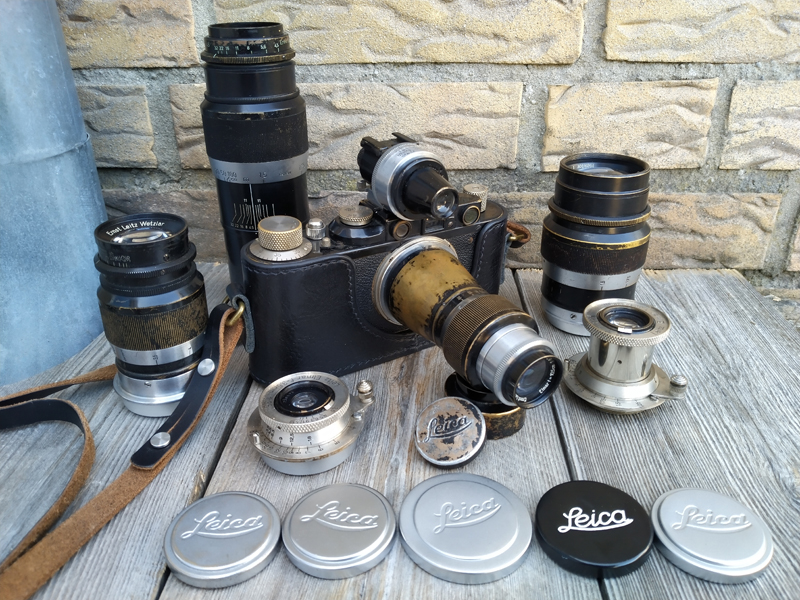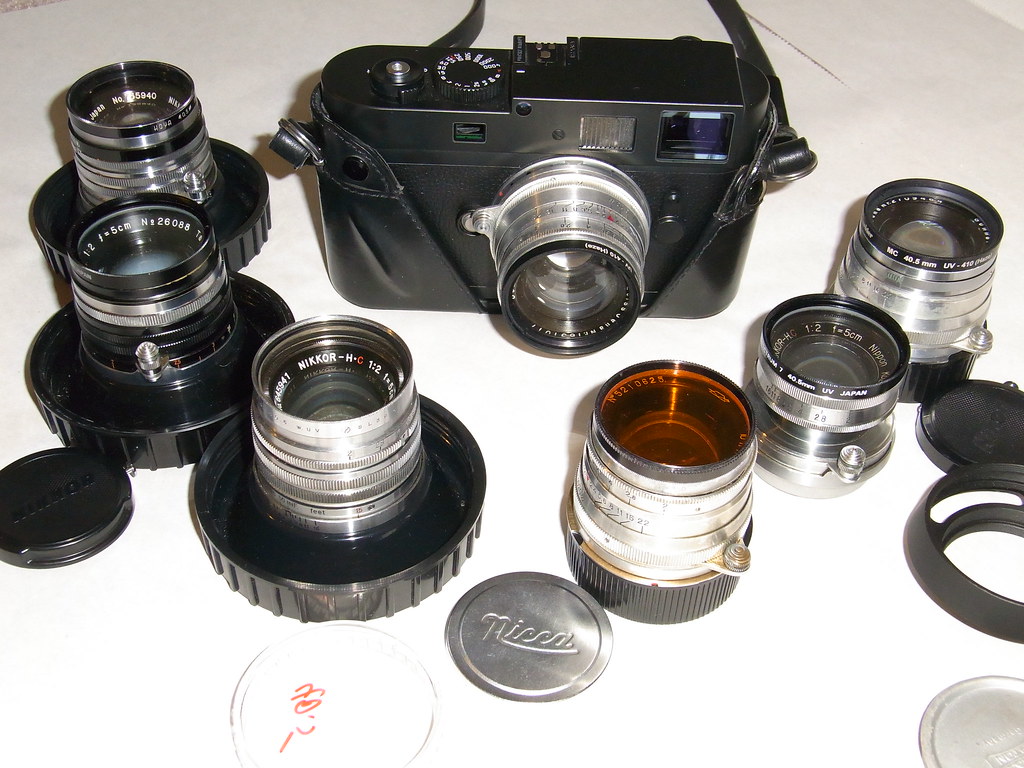F
former member
Guest
Retina II with Ektar, and another Retina II with the Xenon.

EO: CAMEROSITY
4 6,
1946.

EO: CAMEROSITY
4 6,
1946.







CZJ Biotar 4 1/4cm F2. The front element on this lens is a bit hazy, but not as bad as it appears in this photo. I have been reluctant to take it apart to clean it, but have not gotten around to sending it out for professional service, either. The haze lowers contrast somewhat, but does not make the lens un-usable

I am guessing that the front lens element might be easily removed from the Biotar, in that it has the spanner slots on the retaining ring, and no evidence of hidden set screws under the focus ring.

If I were you - I would not even put a spanner to it first. The spanner slots are most likely for the group. I'd try one of these rubber cups on the name ring, which in this era of Zeiss lenses usually retains the front lens. Worse come to worse it won't come off - and you will have do wipe off some grease/rubber marks of the lens.


 Canon 13.5cm F4_3 by fiftyonepointsix, on Flickr
Canon 13.5cm F4_3 by fiftyonepointsix, on Flickr Magnificent Seven by fiftyonepointsix, on Flickr
Magnificent Seven by fiftyonepointsix, on Flickr Magnificent Seven by fiftyonepointsix, on Flickr
Magnificent Seven by fiftyonepointsix, on Flickr

